Vietnam offers a kaleidoscope of experiences, from the majestic mountain passes of Ha Giang Loop to the pristine beaches of Phu Quoc. This is why many travelers often struggle with the question of the best time to go to Vietnam. At Phieu Travel, we understand there’s no single “perfect” time for everyone, as each season reveals a unique beauty. Your ideal adventure depends entirely on your specific interests, and we are here to help you craft an unforgettable journey across the entire country.
1. Overview: When Is the Best time to go to Vietnam?
Vietnam stretches over 1,000 miles from north to south, creating three distinct climate zones that rarely align perfectly. Northern Vietnam experiences four seasons, central regions face two monsoon periods, and the south maintains tropical warmth year-round with wet and dry seasons. This diversity means that even during the rainiest months, you can find sunshine somewhere in this S-shaped country.
For most travelers, the period from November to April represents Vietnam’s overall best travel window. During these months, rainfall is minimal across most regions, temperatures remain comfortable, and humidity levels stay manageable. February and March offer particularly balanced conditions, with mild temperatures in the north, minimal rain in the center, and comfortable heat in the south.
However, the concept of “best” time varies widely based on your travel style. Beach lovers will find different ideal windows than trekkers. Cultural enthusiasts might prioritize festival seasons over perfect weather. Budget travelers often discover that embracing the occasional rainstorm during shoulder seasons rewards them with lower prices and fewer crowds.
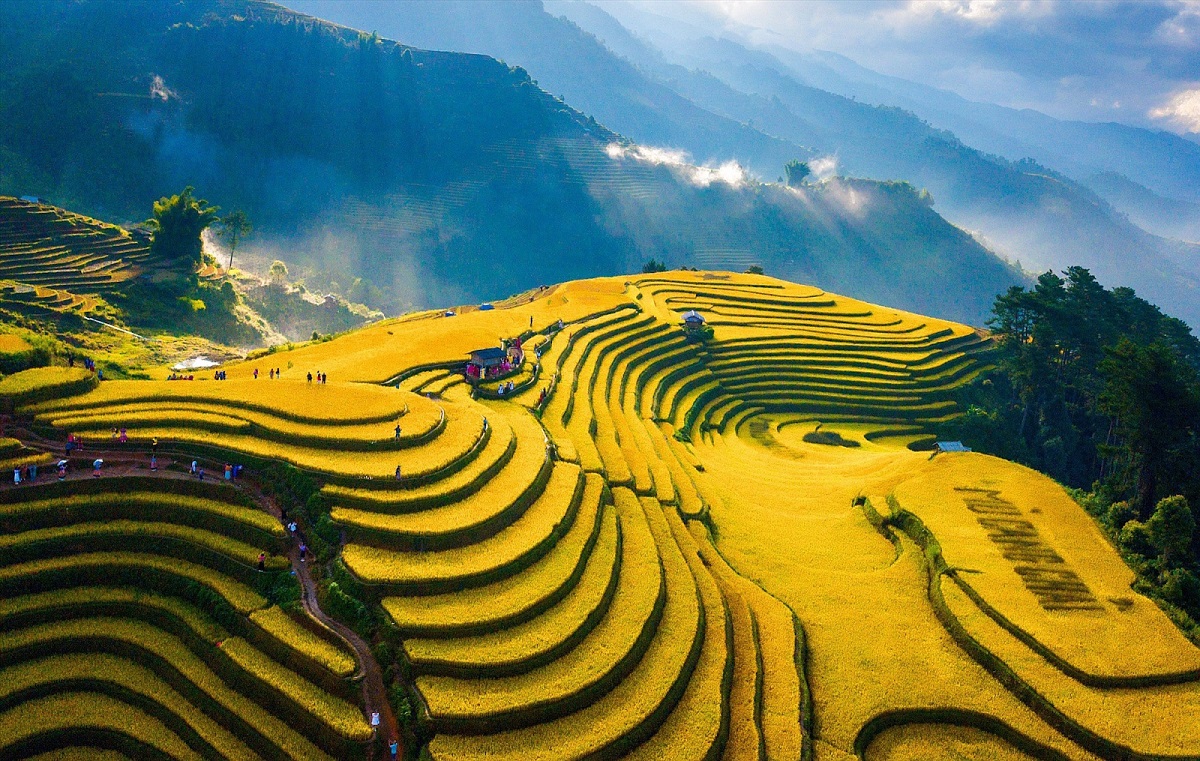
Most Beautiful Places to Visit in Vietnam: Essential Destinations and Insider Tips
2. Vietnam Weather by Month and Region
Vietnam’s geography creates dramatic climate variations that demand regional planning. The country’s elongated shape means weather patterns differ significantly between north, central, and southern regions. Even neighboring provinces can experience completely different conditions on the same day. Understanding these regional patterns is essential for planning a multi-destination journey through Vietnam.
2.1 Northern Vietnam Climate & Seasonal Highlights
Northern Vietnam, home to Hanoi, Halong Bay, Sapa and Ha Giang, experiences the most distinct seasons in the country. Winter months (November to March) bring cool, sometimes chilly conditions with temperatures occasionally dropping to 10°C (50°F) in Hanoi and near freezing in mountainous areas like Sapa. Spring arrives in April with warming temperatures and occasional light rain. By May, heat and humidity build steadily, leading into the rainy summer from June to August. Autumn (September-October) brings pleasant temperatures but lingering rainfall.
The best time to go to Vietnam’s northern region is from October through April. December and January offer the coolest temperatures, perfect for exploring cities but potentially too chilly for comfortable cruising in Halong Bay. March and April provide wonderful balance comfortable temperatures with minimal rain and spectacular spring blooms in the highlands. September and October showcase golden rice terraces during harvest, creating some of northern Vietnam’s most photogenic landscapes.
Travelers should note that February, while generally favorable, coincides with Tet (Lunar New Year) celebrations. This brings vibrant festivities but also crowded transportation and temporary business closures that can complicate travel plans. Many Phieu Travel guests have found November and April to be ideal compromise months, offering good weather without holiday complications.
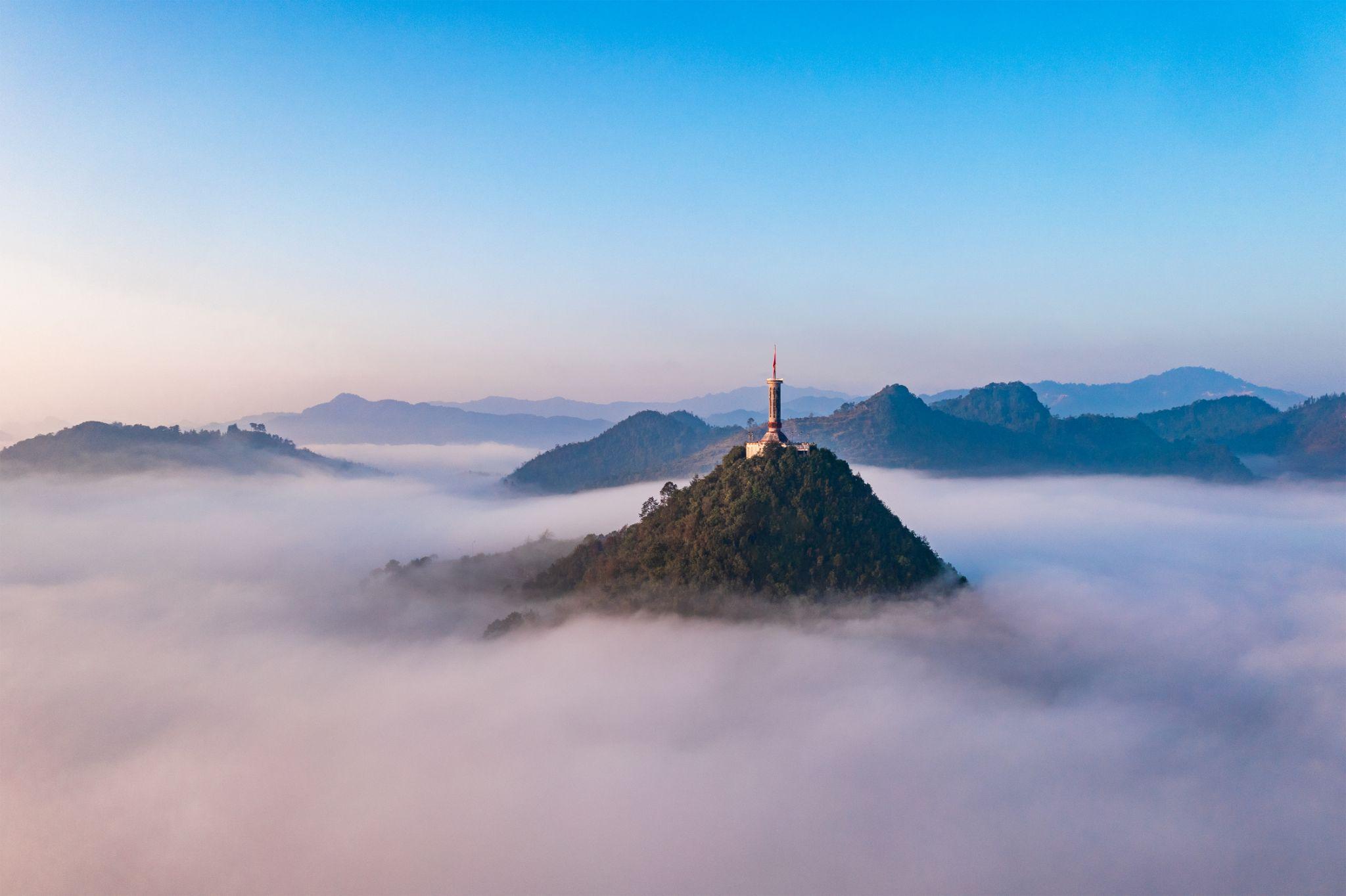
Lung Cu Flag Tower – A Sacred Symbol at Vietnam’s Northernmost Point
2.2 Central Vietnam Weather Patterns
Central Vietnam follows a different seasonal rhythm than the north or south. This region, including Hue, Danang, Hoi An, and Nha Trang, experiences its heaviest rainfall between September and December, with October and November often seeing significant downpours and occasional flooding. The dry season runs from January through August, with June through August bringing intense heat that regularly exceeds 35°C (95°F).
The optimal time to visit central Vietnam spans February to May, when rainfall remains minimal and temperatures stay comfortably warm rather than scorching. April and May offer particularly perfect beach conditions along the central coast before summer heat intensifies. Hoi An glows with lantern-lit magic during these months, without the torrential rains that sometimes submerge its ancient streets during fall months.
Travelers specifically targeting central Vietnam should be wary of planning trips in October or November without flexible itineraries. We’ve had guests who visited during these months and experienced everything from perfect sunny days to continuous rainfall that limited outdoor activities. September and December, as transition months, can offer good value with improving weather conditions, though some precipitation remains possible.
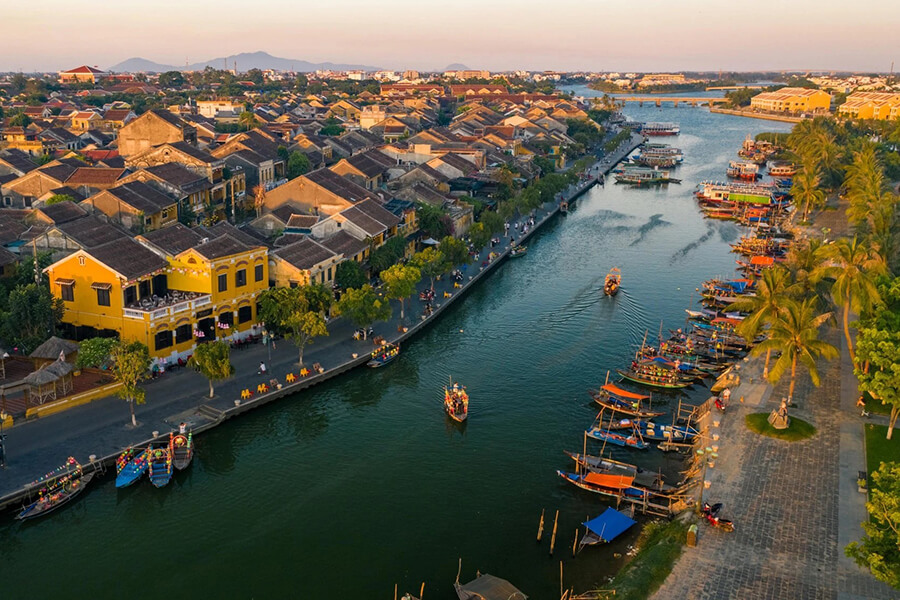
2.3 Southern Vietnam Climate & Travel Windows
Southern Vietnam, including Ho Chi Minh City and the Mekong Delta, maintains consistently warm temperatures year-round. The region essentially experiences two seasons: wet (May to November) and dry (December to April). During the wet season, expect brief but intense afternoon downpours that typically clear within a couple of hours. Temperatures throughout the year hover between 25-35°C (77-95°F), with the highest heat occurring from March through May.
December through April provides ideal conditions for exploring southern Vietnam. The skies remain predominantly clear, humidity levels stay lower, and outdoor activities proceed without interruption. February and March offer particularly pleasant conditions, before the pre-monsoon heat peaks in April and May. These months also present perfect conditions for beach excursions to southern destinations like Phu Quoc and Con Dao islands.
Interestingly, wet season travel in southern Vietnam isn’t necessarily problematic. The predictable nature of afternoon showers allows for morning activities, and the heightened humidity makes the lush Mekong Delta particularly vibrant. Some Phieu Travel guests have intentionally chosen June or September trips to experience fewer tourists and lower prices while navigating around the predictable rain patterns.
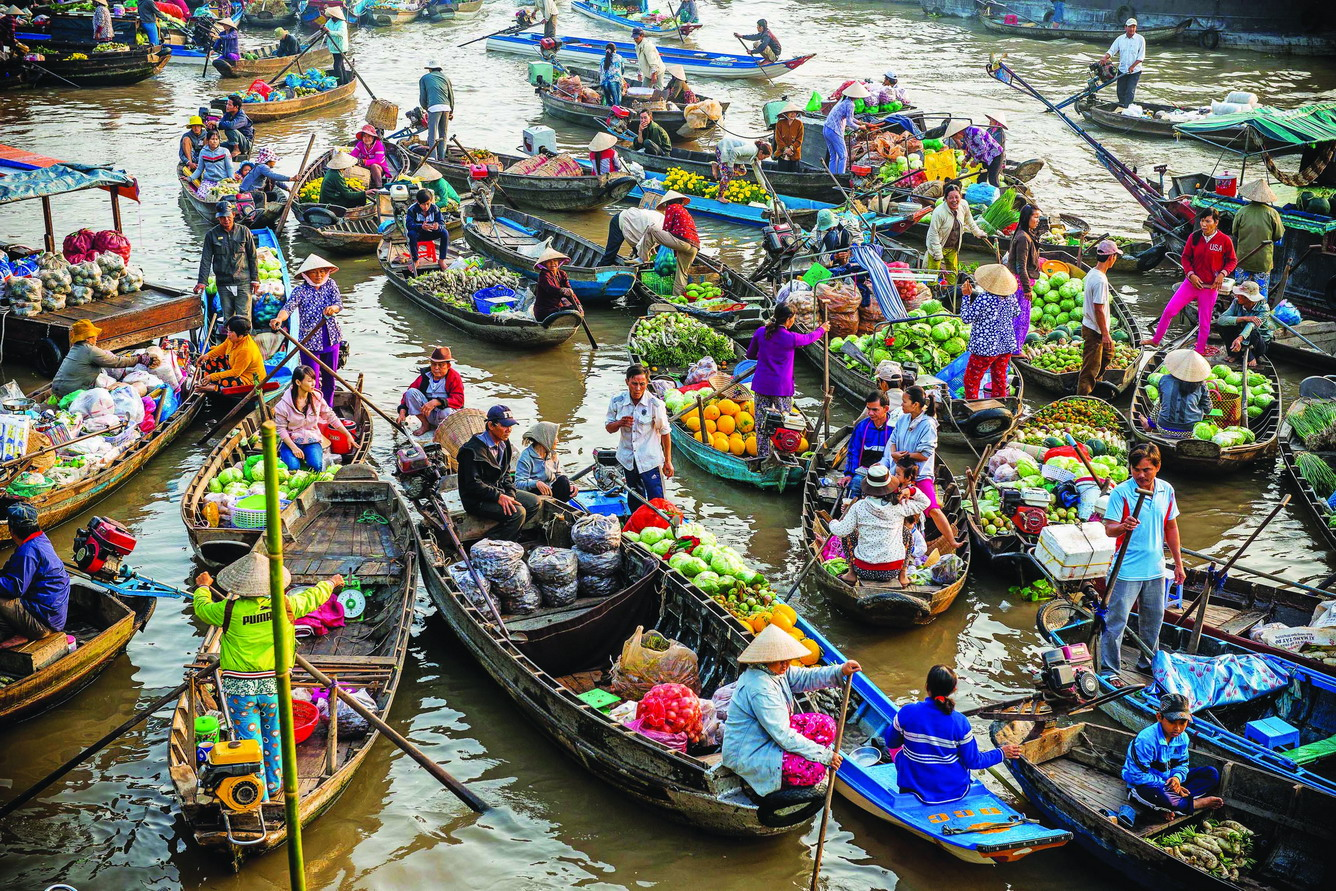
Ha Giang Motorbike Loop: The Ultimate Tour with Phieu Travel
3. Pros & Cons of Visiting in Peak, Shoulder, and Off Seasons
Understanding the advantages and challenges of Vietnam’s different travel seasons can help you align your trip with your priorities, whether they involve perfect weather, lower costs, or avoiding crowds. Each travel window offers distinct trade-offs worth considering as you plan.
Peak season in Vietnam (roughly November through April) offers the most reliable weather conditions across all regions. Northern Vietnam enjoys comfortable temperatures, central beaches bask in sunshine, and the south remains dry and accessible. These months feature optimal conditions for photography, outdoor activities, and multi-region itineraries. However, this period also brings higher accommodation rates, especially during Western holiday periods and Lunar New Year. Popular destinations like Halong Bay, Hoi An, and Phu Quoc can become crowded, sometimes diminishing the experience of these otherwise magical places.
Shoulder seasons (April-June and September-October) present compelling compromises. Early wet season conditions often mean brief afternoon showers rather than all-day downpours, with vibrant green landscapes and blooming flowers compensating for occasional rain delays. These months offer substantially reduced crowds at major attractions and potential discounts of 20-30% on accommodations. The primary trade-offs involve some weather unpredictability and the need for flexible itineraries that can adapt to occasional rainy afternoons.
Off-season travel (June-August in most regions) delivers the deepest discounts and most authentic local interactions. Rainfall varies significantly by region, with central Vietnam actually experiencing its driest period while the north and south see regular precipitation. Savvy travelers can find remarkable values during these months, though they should prepare for higher humidity levels and the possibility of weather disruptions. Some Phieu Travel guests specifically select these months to experience lush, verdant landscapes and photograph Vietnam’s countryside at its most vibrant.
The sweet spot for many travelers often lies in the transitional weeks between seasons. Late October sees improving weather in the north while maintaining reasonable prices. Early May offers excellent conditions throughout much of the country before summer rains fully arrive. These boundary periods often deliver the best combination of good weather, reasonable prices, and manageable crowd levels.
Understanding the advantages and challenges of Vietnam’s different travel seasons is key to choosing the best time to go to Vietnam that aligns with your priorities.
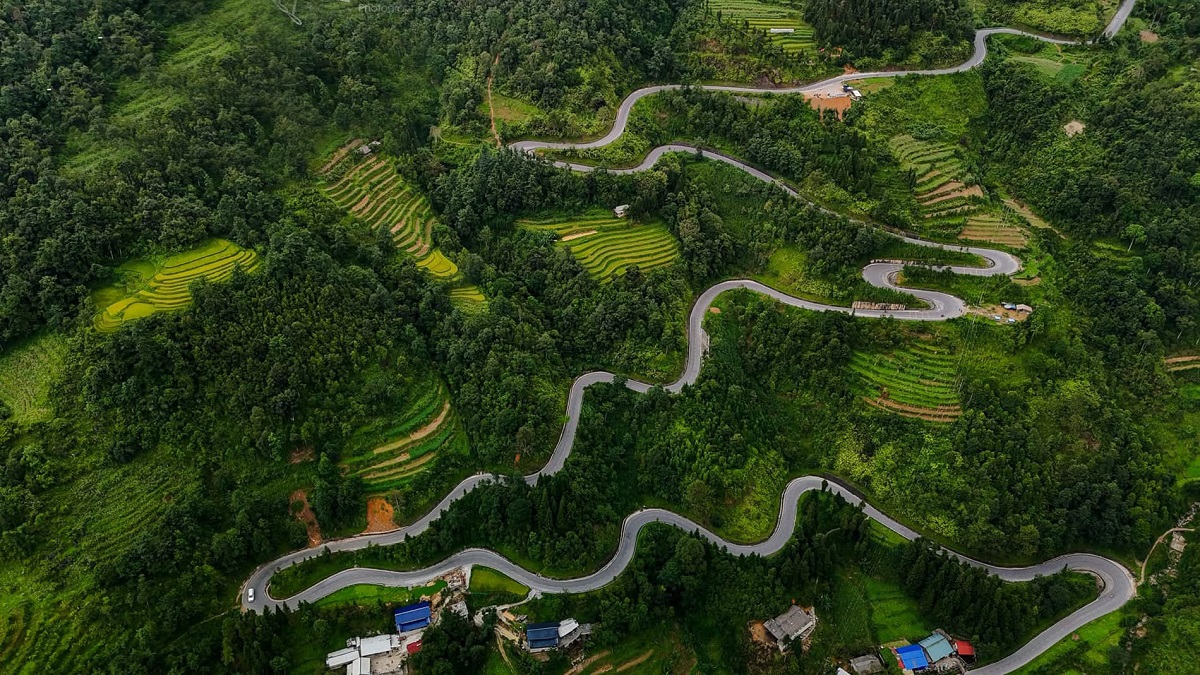
The Best Time to Visit Ha Giang: A Seasonal Guide to Flowers & Festivals
4. Festivals and Events: Timing Your Visit for Culture
Vietnam’s cultural calendar offers compelling reasons to visit during specific periods, sometimes overriding pure weather considerations. The country’s rich festival tradition, blending Buddhist, Confucian, and indigenous practices, creates unique seasonal experiences that transform ordinary destinations into extraordinary cultural showcases.
Tet (Lunar New Year) stands as Vietnam’s most significant celebration, typically falling in late January or February. This week-long celebration transforms cities and villages with flowering peach and apricot blossoms, elaborate decorations, and bustling markets. Families reunite, traditional foods appear everywhere, and temples overflow with visitors. While this period offers unparalleled cultural immersion, travelers should note that many businesses close, transportation fills quickly, and prices rise significantly. Those interested in experiencing Tet should book accommodations months in advance and prepare for modified attraction hours.
Spring festivals (February-April) flourish throughout Vietnam after Tet concludes. The Perfume Pagoda Festival near Hanoi draws thousands of pilgrims to its sacred caves. Hue’s spectacular Festival showcases Vietnam’s imperial heritage with elaborate costumed processions and traditional performances. The Hung Kings Temple Festival in April pays homage to Vietnam’s founding mythology with solemn ceremonies and vibrant folk performances. These events provide windows into Vietnam’s spiritual and historical dimensions that aren’t available at other times.
Mid-autumn celebrations in September cast their own special magic across Vietnam. Children parade with star-shaped lanterns, lion dance performances electrify city streets, and families share mooncakes under the harvest moon. Da Nang’s International Fireworks Festival (June), the Kate Festival of the Cham people (October), and regional harvest celebrations create additional seasonal highlights worth considering in your timing decisions.
Some Phieu Travel guests have planned entire itineraries around specific festivals, finding that cultural richness easily compensates for less-than-perfect weather. Others have been pleasantly surprised by unexpected local celebrations they encountered during their journeys. Consulting a Vietnamese cultural calendar during planning can reveal special events that might align perfectly with your travel dates.
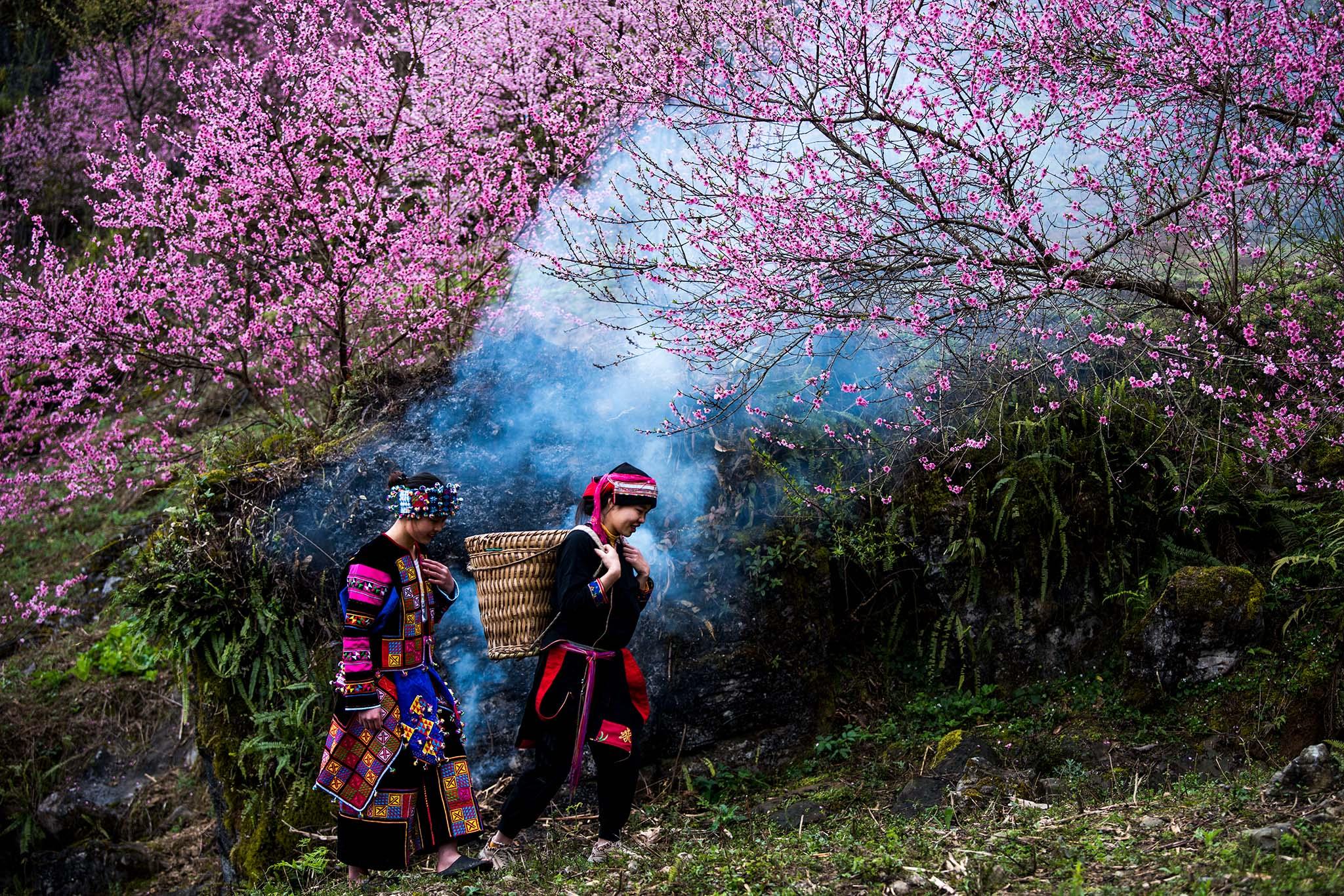
The Ultimate Guide to Ha Giang in March: Flowers, Weather & Tips
5. Cost, Crowds, and Booking Tips by Season
Strategic timing dramatically impacts both your budget and overall experience in Vietnam. Understanding seasonal pricing patterns, booking windows, and crowd fluctuations can help you optimize your journey for both value and enjoyment.
High season pricing typically begins in November and continues through April, with pronounced spikes during Christmas, New Year, and Tet holiday periods. During these peaks, popular destinations may see accommodation rates increase by 40-60% compared to low season. Beach resorts in places like Phu Quoc, Danang, and Nha Trang often implement formal high-season rates, while even budget accommodations in cities like Hanoi and Ho Chi Minh City raise prices in response to demand. Flight costs to and within Vietnam similarly peak during these months, particularly around Western and Asian holiday periods.
For budget-conscious travelers, May through September offers the most substantial savings. Accommodations frequently discount rates by 25-40%, with exceptional deals available for longer stays. Many upscale properties offer free night promotions (stay 4, pay 3) or included perks like spa treatments or dining credits to attract guests during these quieter months. Domestic flights also become more affordable, sometimes dropping to half their high-season rates, making multi-destination Vietnam itineraries more economical.
Crowd patterns follow predictable seasonal trends but vary significantly by destination. Halong Bay experiences its heaviest tourism from December through March, while beach destinations see peak crowds during April and May when domestic and international visitors converge. Cultural sites like Hoi An Ancient Town and Hue’s Imperial City become noticeably more crowded during traditional holiday periods. Off-season visitors often report more meaningful interactions with locals and more contemplative experiences at major attractions without the press of other tourists.
Based on our experience at Phieu Travel, we recommend these booking windows:
- For high season travel (December-February): Book accommodations 4-6 months in advance
- For shoulder season travel (October-November, March-April): Book 2-3 months ahead
- For low season bargains: Watch for special promotions 1-2 months before travel
- For Tet holiday period: Book 6+ months in advance for best options
Transportation within Vietnam requires similar advance planning during high season, with overnight trains to Sapa and popular open-tour buses frequently selling out. In contrast, low-season travelers often secure quality accommodations with minimal advance booking and enjoy greater flexibility with transportation options. Choosing the best time to go to Vietnam is a strategic decision that dramatically impacts both your budget and overall experience.
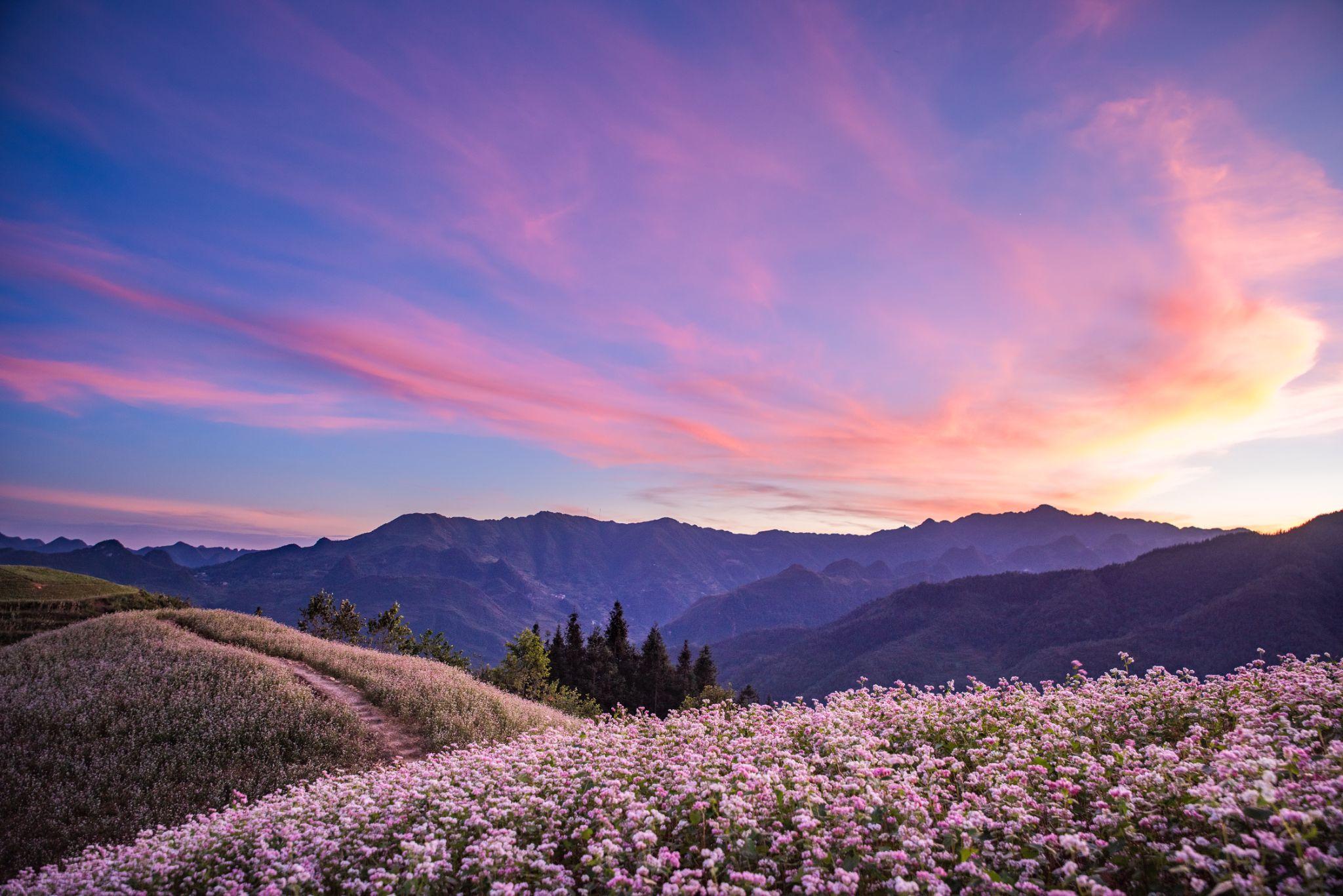
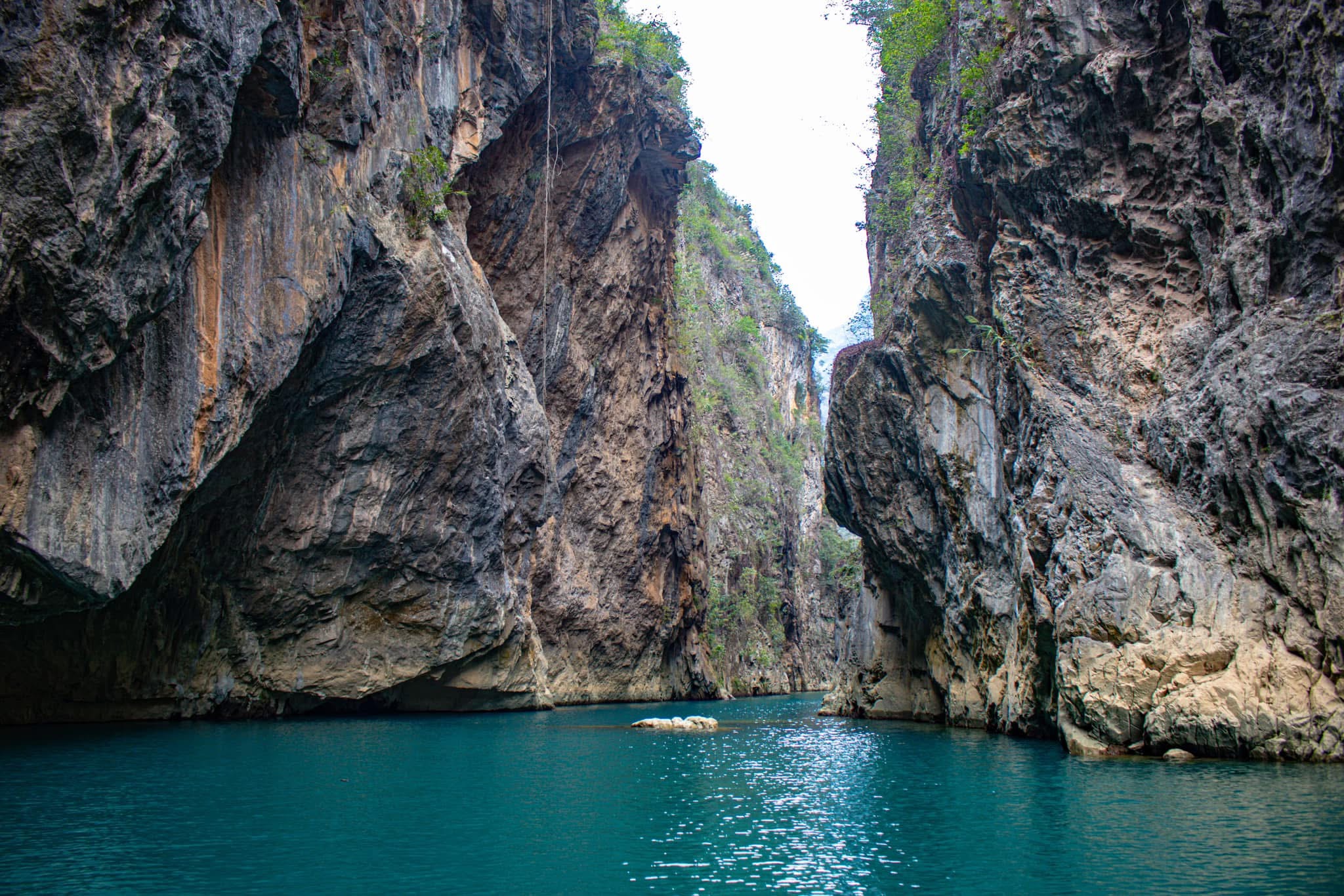
Vietnam’s diverse climate means there’s never truly a wrong time to visit just different experiences waiting in different regions. Your perfect time to visit depends entirely on your priorities, whether they involve ideal weather, cultural immersion, budget considerations, or specific activities. With proper planning and regional knowledge, you can create an unforgettable Vietnam journey during any month of the year. At Phieu Travel, we’ve helped countless travelers navigate vietnam best time to go decisions, crafting personalized itineraries that align with both their timing constraints and travel dreams. Discover your perfect Vietnam season at Phieutravel.com.
Read more:
- Things to buy in Vietnam the complete traveler’s shopping guide
- Top 4 rice fields Vietnam destinations & perfect times to go
- How to get a visa for Vietnam complete 2025 guide
- Pu Luong travel guide 2025 rice terraces & ethnic villages

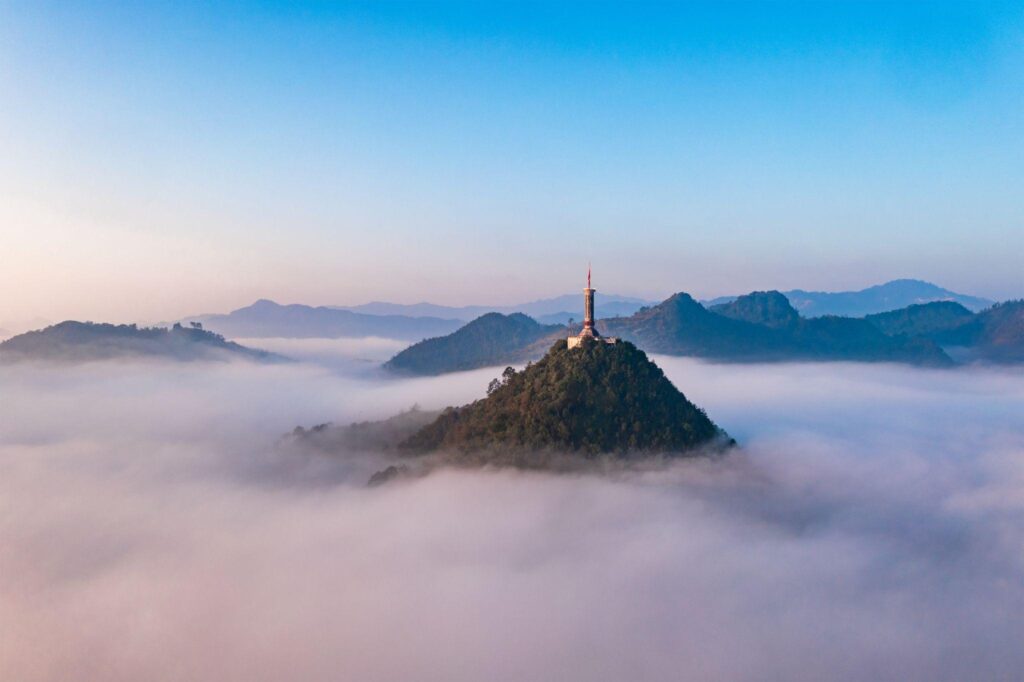
You Might Also Like
Ha Giang Weather in September: Complete Guide for Travelers
Exploring the magnificent Ha Giang Loop in September offers travelers a perfect balance of favorable[...]
Quan Ba Twin Mountains: Ha Giang’s Iconic Fairy Hills and Complete Travel Guide
The mystical Quan Ba Twin Mountains rise from the emerald valleys of Ha Giang like[...]
Vuong family mansion: the architectural marvel and cultural legacy of Ha Giang
Deep in Vietnam’s northern highlands, where mist-shrouded mountains meet terraced rice fields, stands a testament[...]
Ha Giang Loop Safety Tips: How to Ride Securely in Vietnam’s Northern Mountains
The Ha Giang Loop, with its winding mountain roads and breathtaking landscapes, offers one of[...]
The Ultimate Guide to the M-Shaped Curve on Ha Giang Loop
Vietnam’s remote northern province of Ha Giang hides a natural wonder that has captivated adventurous[...]
Most Beautiful Places to Visit in Vietnam: Essential Destinations and Insider Tips
Vietnam captivates travelers with its stunning landscapes, rich cultural heritage, and warm hospitality. From mist-shrouded[...]
Beyond the Beaten Path: Discovering Ha Giang Province in Northeast Vietnam
Ha Giang Province in Northeast Vietnam stands as one of the country’s last frontiers for[...]
Rainy season in Ha Giang: what to expect, when to go, and travel tips
Vietnam’s northern frontier reveals a different face during the rainy season, transforming Ha Giang’s limestone[...]